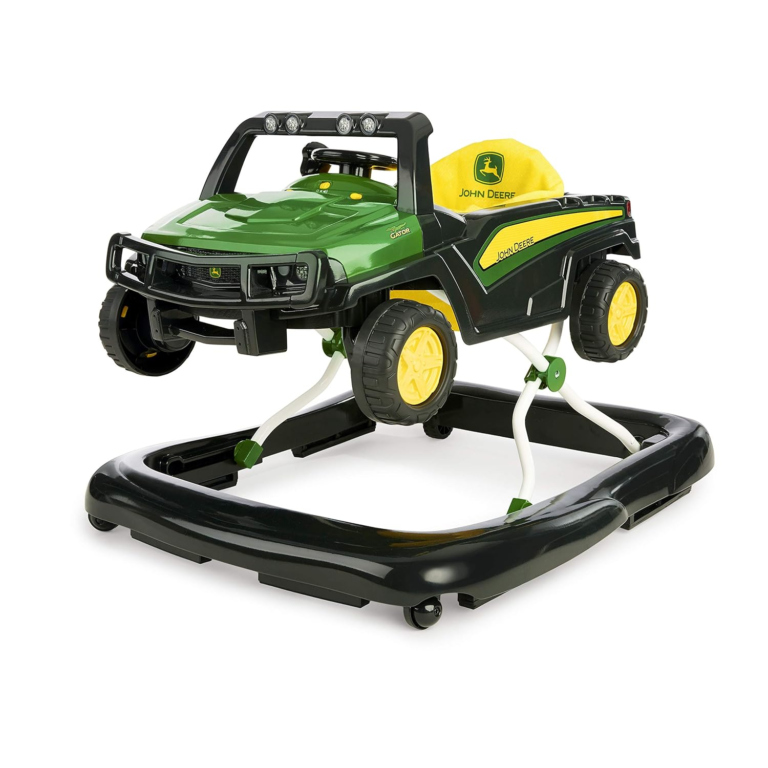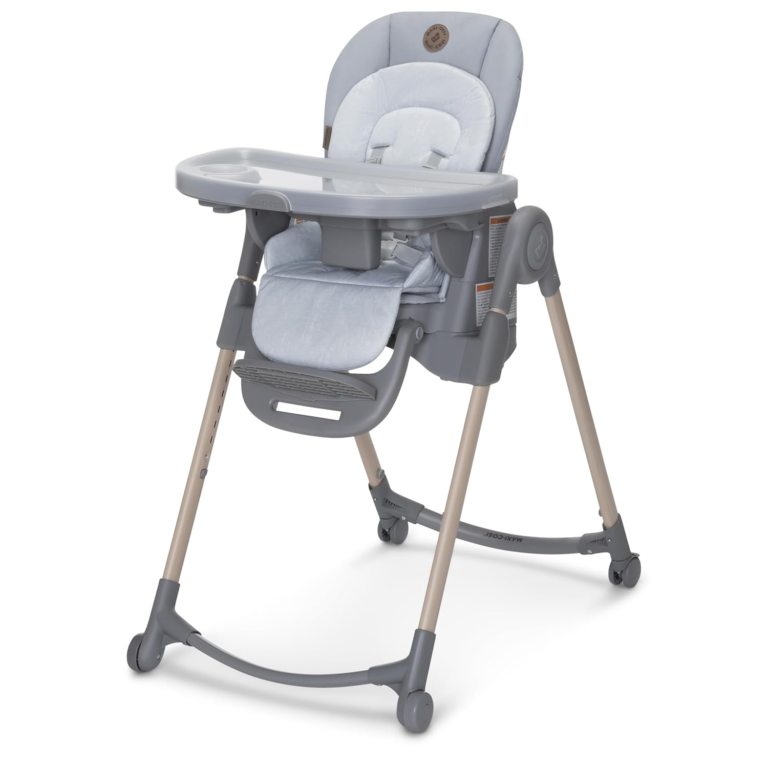Skin itch, or pruritus, can arise from various causes, ranging from dermatological conditions to systemic issues. Below is a concise overview of the main types of skin itch, based on their underlying causes, as understood from medical insights and expert consensus up to 2025.
1. Dermatologic Itch
- Cause: Originates from skin-specific conditions.
- Examples:
- Atopic Dermatitis (Eczema): Chronic, inflammatory condition causing red, scaly, itchy patches, often triggered by irritants or allergens. Common in children but persists into adulthood for some.
- Psoriasis: Autoimmune disorder leading to thick, scaly plaques that itch, often on elbows, knees, or scalp.
- Contact Dermatitis: Allergic or irritant-induced reaction from substances like soaps, plants (e.g., poison ivy), or metals, causing localized redness and itching.
- Urticaria (Hives): Raised, itchy welts from allergic reactions, stress, or infections.
- Xerosis (Dry Skin): Common in winter or aging skin, leading to flaky, itchy patches due to reduced moisture.
- Characteristics: Itch is often localized, accompanied by visible skin changes like redness, scaling, or blisters.
2. Systemic Itch
- Cause: Results from internal medical conditions affecting the whole body.
- Examples:
- Liver Disease (Cholestatic Itch): Bile salt buildup, as in primary biliary cholangitis, causes intense itching, often worse at night and on palms/soles.
- Kidney Disease: Chronic renal failure leads to uremic pruritus, often generalized, due to toxin buildup or calcium-phosphate imbalances.
- Thyroid Disorders: Hypothyroidism (dry skin) or hyperthyroidism (warm, moist skin) can trigger itching.
- Diabetes: Poorly controlled blood sugar may cause localized itching, especially in genital areas, or nerve-related itch (neuropathic).
- Hematologic Conditions: Lymphoma (e.g., Hodgkin’s) or polycythemia vera can cause itching, sometimes triggered by water exposure (aquagenic pruritus).
- Characteristics: Itch is often generalized, without visible rashes, and linked to systemic symptoms like fatigue or jaundice.
3. Neuropathic Itch
- Cause: Nerve damage or dysfunction affecting itch signaling.
- Examples:
- Postherpetic Neuralgia: Itch following shingles, often with burning or pain in affected areas.
- Brachioradial Pruritus: Itching on arms, linked to cervical spine issues or sun exposure.
- Notalgia Paresthetica: Chronic itch on the upper back due to nerve irritation.
- Characteristics: Localized, often with burning, tingling, or stabbing sensations; may lack visible skin changes.
4. Psychogenic Itch
- Cause: Psychological or psychiatric conditions.
- Examples:
- Anxiety/Stress: Can amplify itch perception or lead to compulsive scratching.
- Obsessive-Compulsive Disorder: May manifest as skin picking or scratching behaviors.
- Delusional Parasitosis: False belief of skin infestation causing intense itching.
- Characteristics: Itch is often generalized, with no clear dermatologic cause; worsens with stress or emotional triggers.
5. Allergic Itch
- Cause: Immune response to allergens.
- Examples:
- Food or Drug Allergies: May cause hives or diffuse itching.
- Environmental Allergens: Pollen, pet dander, or dust mites can trigger skin reactions.
- Characteristics: Often accompanied by hives, swelling, or other allergic symptoms like sneezing.
6. Infectious Itch
- Cause: Skin infections or infestations.
- Examples:
- Fungal Infections: Tinea (ringworm) or candidiasis, causing red, scaly, itchy patches.
- Parasitic Infestations: Scabies or lice, leading to intense, often nocturnal itching.
- Viral Infections: Varicella (chickenpox) or herpes zoster (shingles) with itchy, painful lesions.
- Characteristics: Itch is localized to infected areas, often with visible sores, bumps, or burrows.
7. Aquagenic or Mechanical Itch
- Cause: Triggered by external stimuli like water, pressure, or temperature.
- Examples:
- Aquagenic Pruritus: Itching after water contact, common in polycythemia vera or idiopathic cases.
- Cholinergic Pruritus: Heat, sweat, or exercise-induced itching, often with hives.
- Characteristics: Itch is transient, tied to specific triggers, and may not involve visible skin changes.
Key Considerations
- Diagnosis: Identifying the type requires a medical history, physical exam, and sometimes tests (e.g., blood work for systemic causes, skin biopsy for dermatologic issues).
- Treatment: Varies by cause—moisturizers and antihistamines for dermatologic itch, targeted therapies for systemic conditions, or nerve-modulating drugs for neuropathic itch. Consult a dermatologist or physician for persistent or severe cases.
- General Tips: Avoid scratching to prevent skin damage or infection. Use fragrance-free, hypoallergenic creams (like those listed in the previous response) and lukewarm showers to minimize irritation.
Each type of itch has distinct triggers and patterns, so pinpointing the cause is crucial for effective relief. If you have specific symptoms or need product recommendations tailored to a type of itch, let me know!



